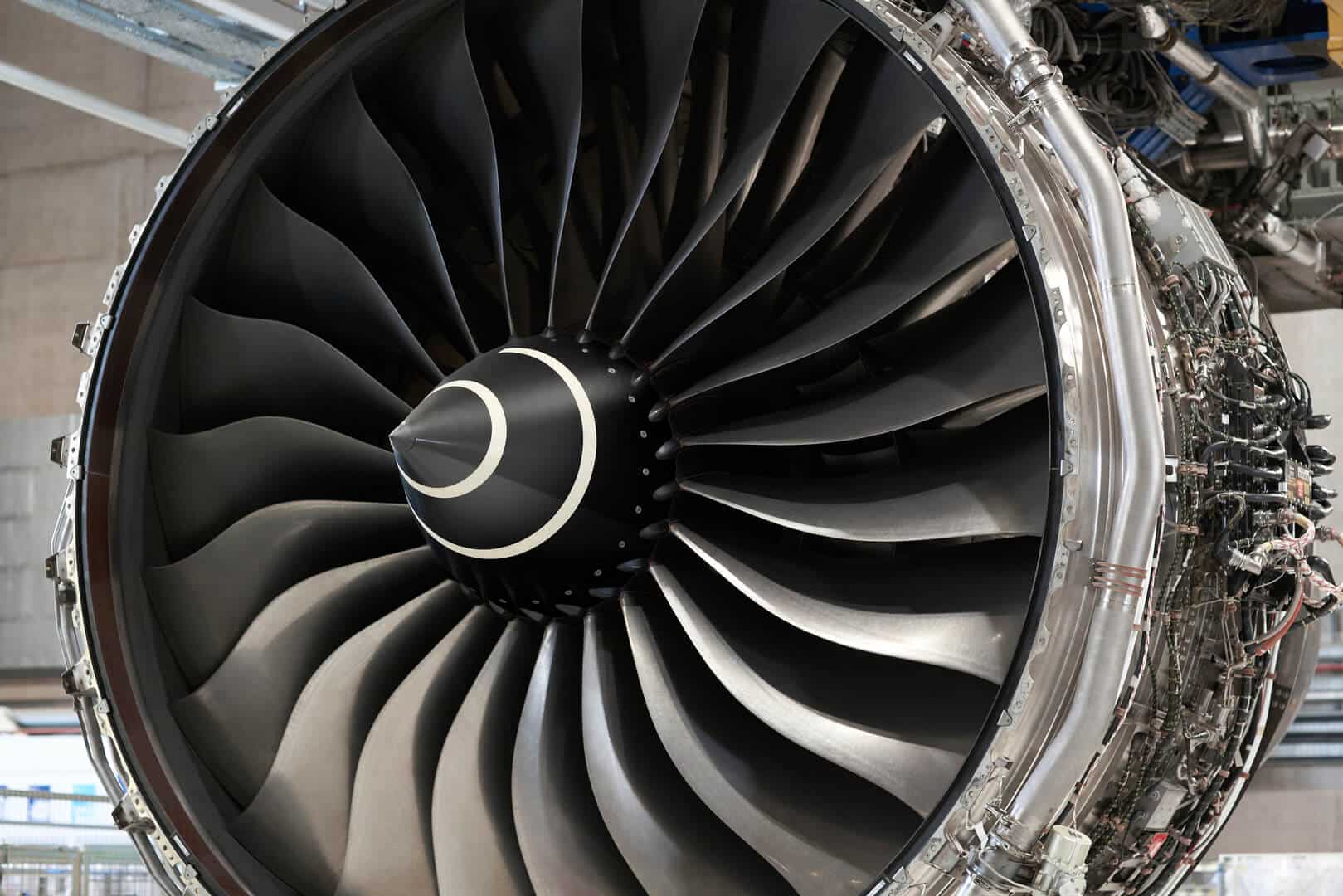The companies presented at the ISC 2023 conference the world's largest quantum circuit for industrial simulation, in order to promote the development of quantum computing in the field of aviation and space. It was also revealed at the conference: the Jülich Supercomputing Center, one of the largest quantum computing centers in Europe, will establish a quantum computing laboratory in collaboration with NVIDIA

Nvidia, Rolls-Royce and the Israeli start-up company in the field of quantum computing software, Classiq, announced today a breakthrough in quantum computing with the aim of significantly increasing the efficiency of jet engines. Using NVIDIA's quantum computing platform, the companies designed and simulated the world's largest quantum computing circuit for Computational Fluid Dynamics (CFD).
The circuit developed by the companies is capable of making measurements up to a depth of 10 million layers using 39 qubits. Through the use of graphics processors (GPUs), Rolls-Royce is preparing for the quantum future - despite the limitations of the quantum computers available today, which are able to support circuits that perform measurements down to the depth of individual layers.
In the new circuit developed by the companies, Rolls-Royce will use as a critical part of its journey to a quantum advantage in CFD, to develop models of jet engine performance in simulations that will use both classical and quantum computing methods. Breakthroughs of this type are critical to Rolls-Royce, a world leader in the aviation industry, in its work to develop and manufacture breakthrough jet engines, supporting the industry's transition to aviation that emphasizes sustainability.
Rolls-Royce and its partner, the Israeli company Classiq, designed the circuit using Classiq's Synthesis Engine, and then simulated the circuit's performance using NVIDIA A100 graphics processors with Tensor cores. Carrying out the process at the relevant speed and scale was made possible thanks to the use ofNVIDIA cuQuantum, a software platform from Nvidia for accelerating and simulating work processes in quantum computing.
"Designing jet engines, one of the most complex products on the planet, is extremely expensive and computationally challenging," said Jan Buck, VP of supercomputing at NVIDIA. "NVIDIA's quantum computing platform provides Rolls-Royce with a potential pathway to meet the challenges ahead, while accelerating the future research and development of more efficient jet engines."
"The application of classical computing technologies, alongside quantum computing as well, as a means of dealing with the challenges of jet engine design and development, will help us speed up the processes and perform more complex calculations," said Leigh Lapworth, computational science associate at Rolls-Royce.
The quantum ecosystem of NVIDIA expanding
Nvidia offers a unified quantum computing platform to accelerate breakthroughs in quantum research and development. Recently, the company revealed the NVIDIA DGX Quantum, the first system in the world that combines accelerated computing with the help of graphics processors (GPUs), and quantum computing, and was developed in collaboration with the Israeli start-up company Quantum Machines. Also, Nvidia also provides developers with the software platform NVIDIA CUDA Quantum - An open source platform for the development of hybrid applications that connect graphics processors (GPUs) to quantum processors (QPUs).
It was also revealed at the ISC 2023 conference that a wide range of quantum research around the world is now being carried out using NVIDIA's graphics processors. The Jülich Supercomputing Center from Germany, one of the largest quantum computing centers in Europe, announced at ISC its plans to establish a quantum computing laboratory in collaboration with NVIDIA, emphasizing the importance of hybrid computing that combines quantum computing with classical computing.
In addition, a company ORCA Computing, the developer of quantum processors (QPU), also announced the implementation of CUDA Quantum, to combine its quantum computer with graphics processors to perform machine learning operations. Today, most quantum research software supports GPU acceleration with NVIDIA's quantum computing platforms.
More of the topic in Hayadan:

One response
Flowing, not liquid!